We are traveling in our RV and spending a few nights at the Old Mill Campground in Lindsborg. After two days of wandering around within a few hours of our campground, we found time to go into the town. Did we discover Little Sweden in Kansas?
Lindsborg, in the north-central part of Kansas, was settled in 1869 by close to 100 Swedish immigrants, and that is why Lindsborg is often called “Little Sweden.” Wikipedia says thirty percent of the residents in Lindsborg today are of Swedish descent.
I read the first immigrants were primarily farmers. Following the farmers were craftsmen and settlers with cultural and educational interests. Today Lindsborg is a community with great love and appreciation of art, music, and education.
The community’s Swedish heritage is evident at every corner and in many shops throughout the town. Lindsborg is one of those truly unique places in the world to visit.
What is a Dala horse?
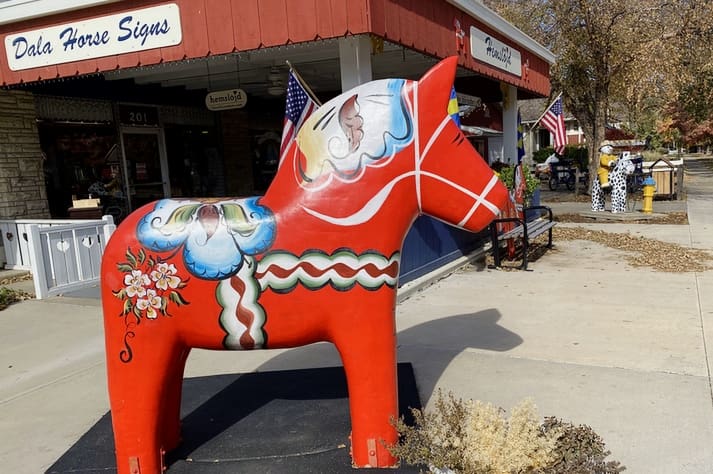
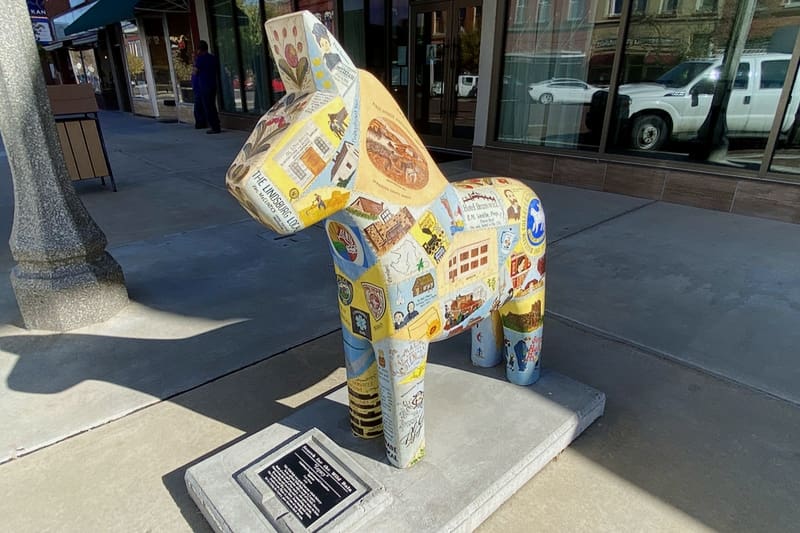

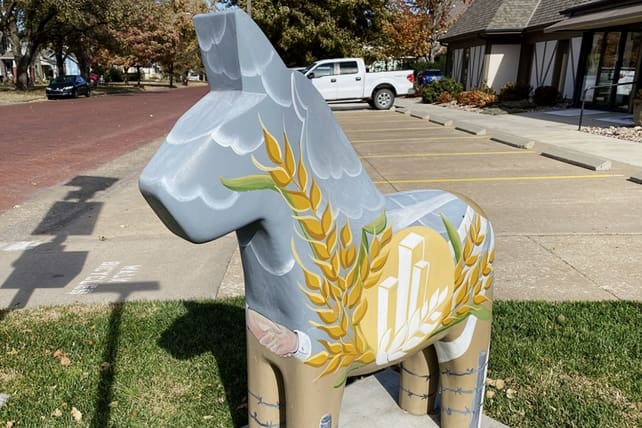
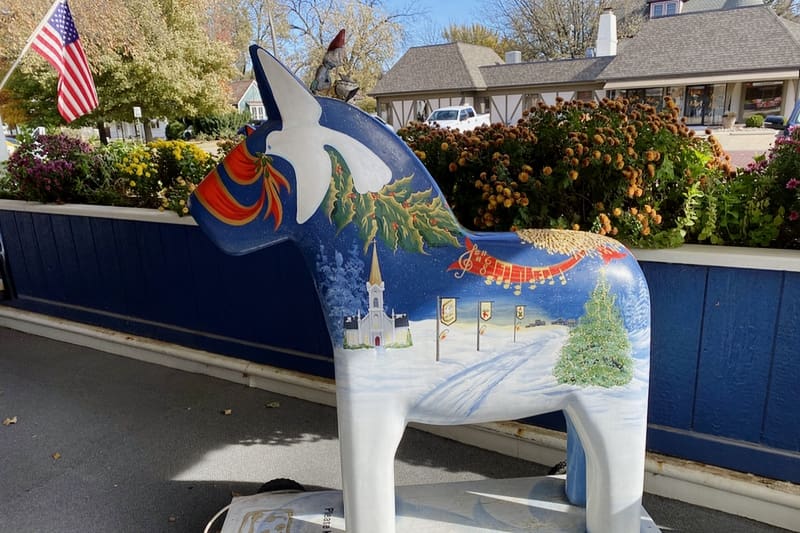
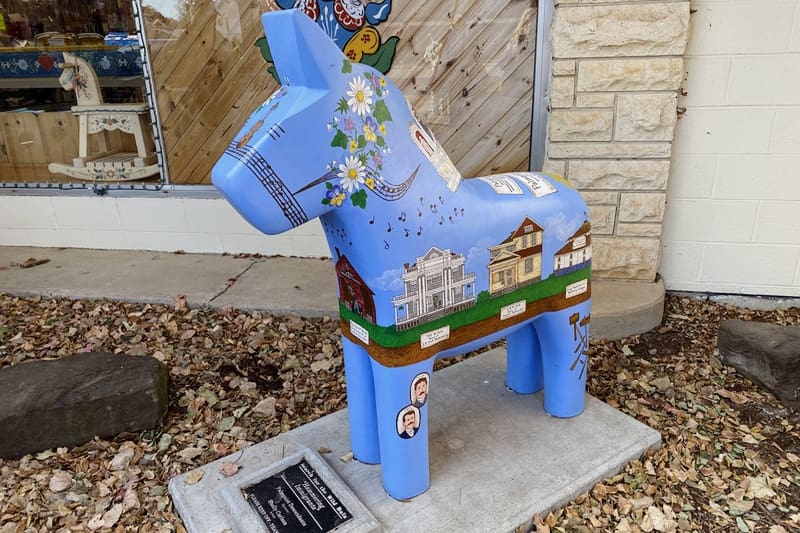

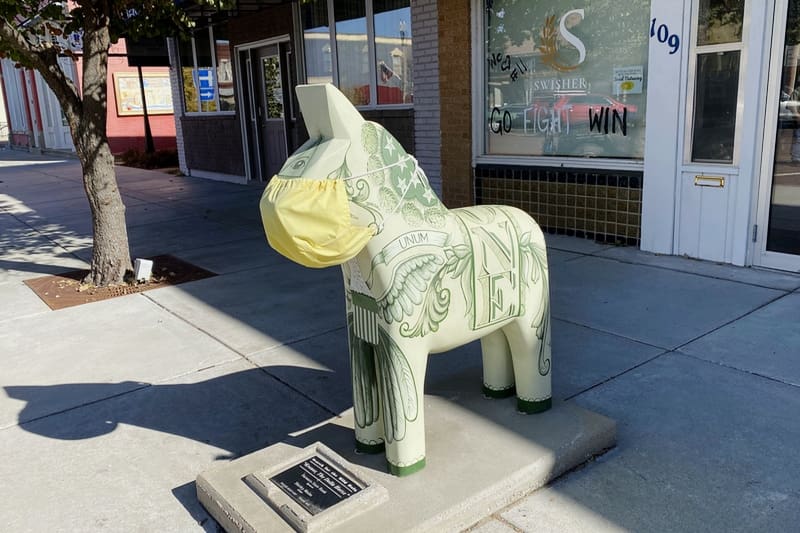
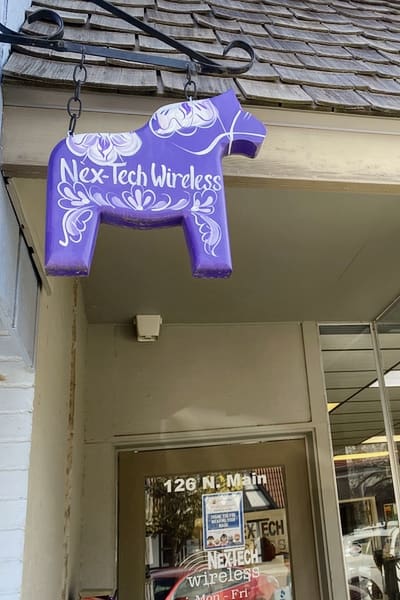
We had no idea what all those cute little wooden horses were all over the city. They are painted in different colors and have different themes. It wasn’t until we visited the shop Hemslojd Swedish Gifts that we learned what a Dala horse is.
This excellent gift shop downtown is chock full of Swedish souvenirs, most notably the Dala horse. These brightly painted and designed wooden horses are symbols of good luck. They are also a typical and traditional gift and keepsake.
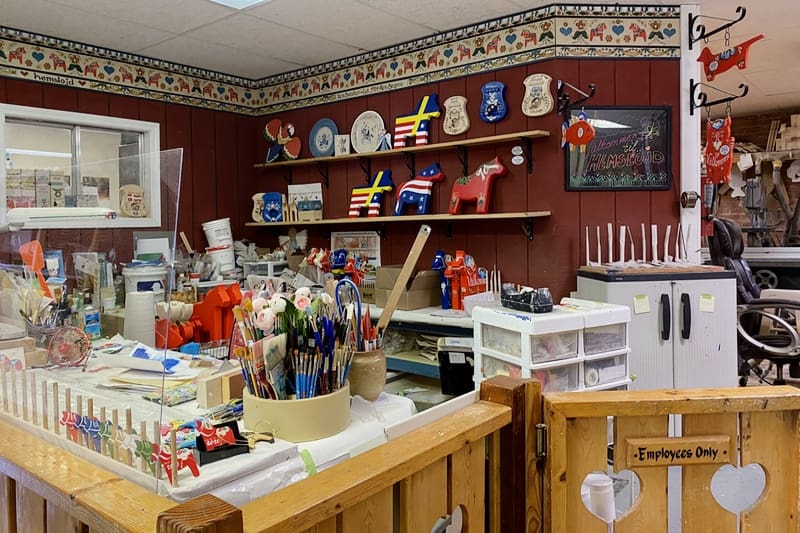
Here is a good story about the origin of the Dala horse that I read on Hemslojd’s website:
In the winter of 1716, while King Charles XII of Sweden waged war throughout most of Europe, many soldiers were quartered in private homes in the Mora area of Sweden.
Because of the severe winter and the war, all suffered from lack of food and warmth. Tradition has it that one such soldier, in his spare time, carved a Dala Horse from some scrap wood in the home where he was staying.
Before presenting it to the child of the home as a gift, he painted it a bright red.
This was a readily available color in this area, being produced from the copper mine at the nearby community of Falun. The soldier decorated the horse with kurbit painting for the harness and saddle.The use of kurbits as decorative motifs on the horse came from the soldier’s deep religious background.
It is the kurbit, or gourd, plant which grew up around Jonah as he sat outside the city of Ninevah and protected him from the sun’s devastating rays. In return for this bright toy, the woman of the house gave the soldier a bowl of soup.
He made another horse and received another bowl of soup. When word of his success in bartering for food reached the other soldiers, they too began carving and painting horses in exchange for food.
Thus, the Dala Horse is credited in part with the army’s surviving the cruel winter.
By Hemslöjd.com • January 23, 2020 Posted in Dala Horse
Take a look at the Hemslöjd Gift Shop website linked above. You may find that you need to purchase a handcrafted Dala horse, just as I did. These Dala Horses are carved and painted on site.
McPherson County Old Mill Museum
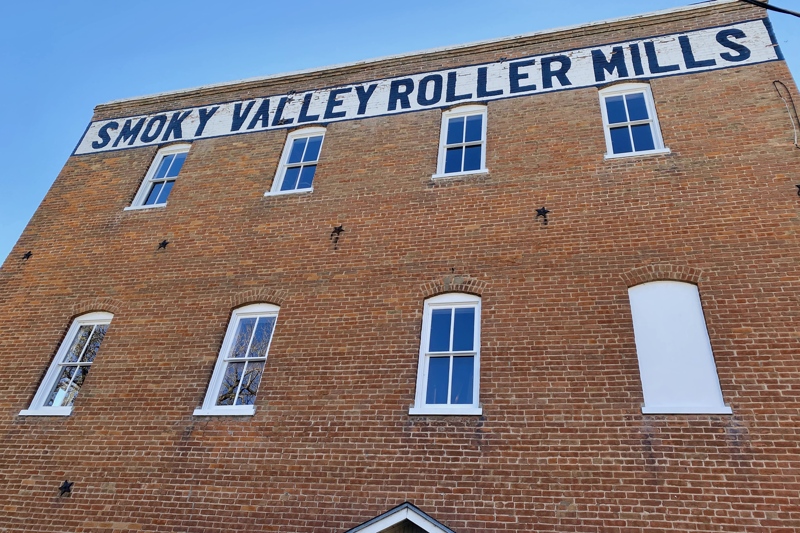
The museum, where we went to pay (a mere $10/day) for our RV campsite, is housed in a shady and beautiful area. The museum emphasizes the years 1870 to 1910 but contains great exhibits and materials portraying all of Lindsborg’s Swedish heritage.
We thought it was a terrific museum, and we’ve seen quite a few museums over these last months!
1898 Historic Flour Mill
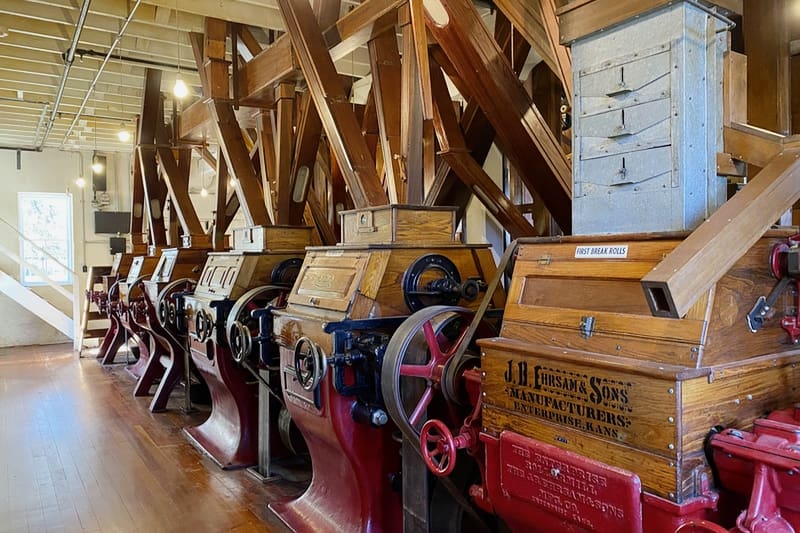
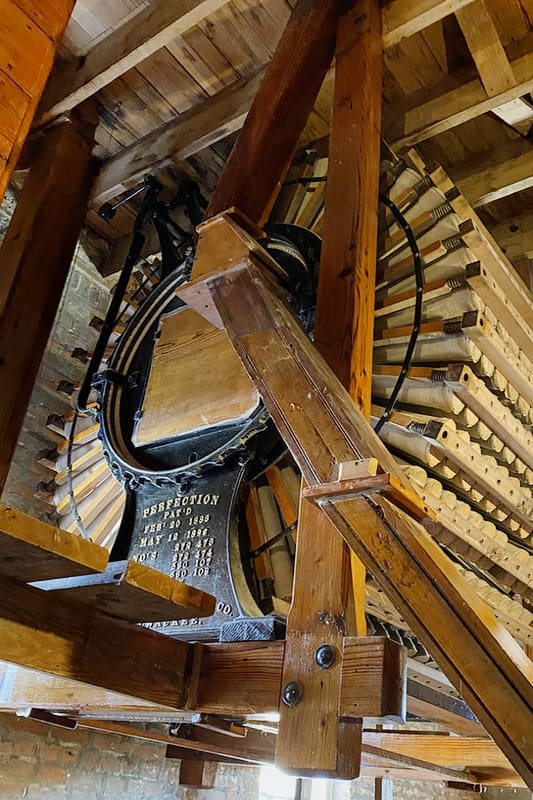



The Old Mill is part of the museum, and we were free to wander through all the floors and view all the Mill’s mechanical workings. This Mill, constructed in 1898, ceased operation in 1955. Until then, it shipped flour throughout the U.S. and Europe. This Mill is listed on the National Register of Historic Places.
Heritage Square
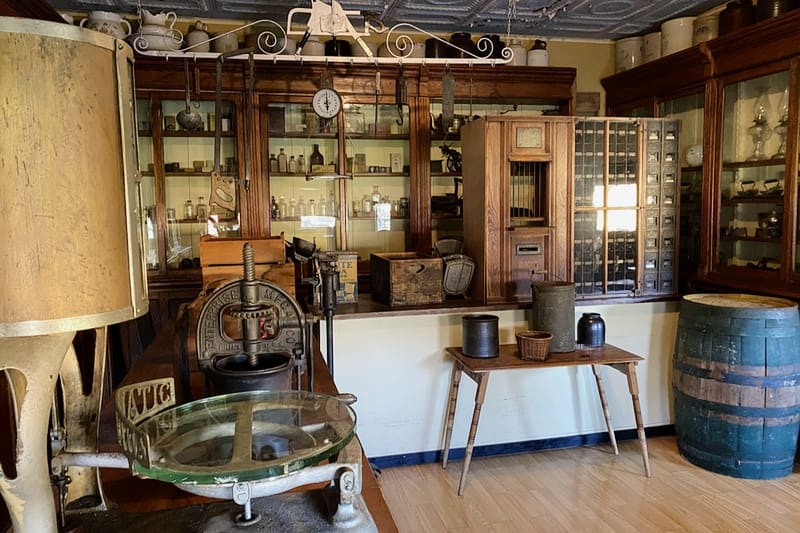
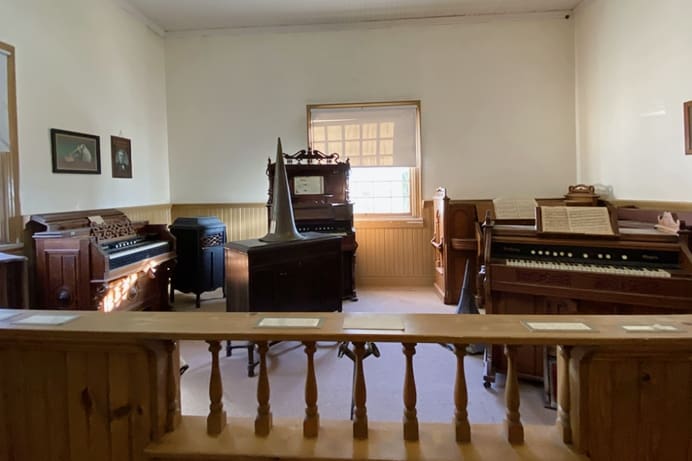


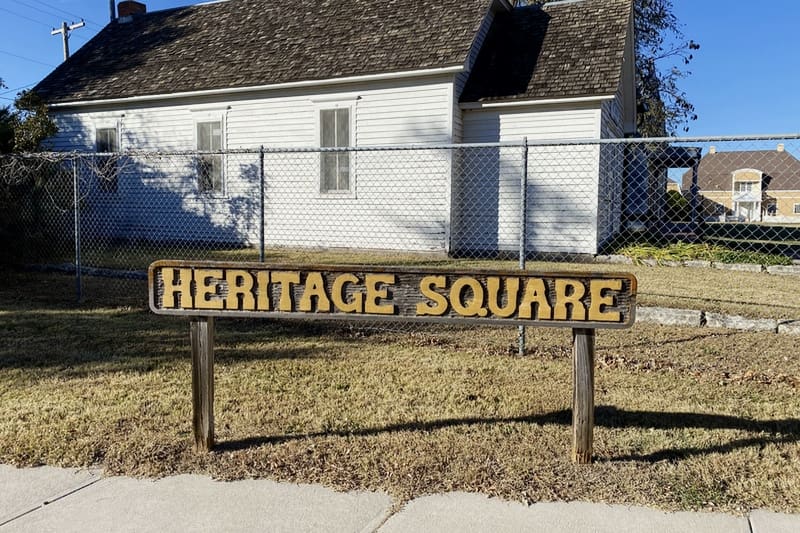

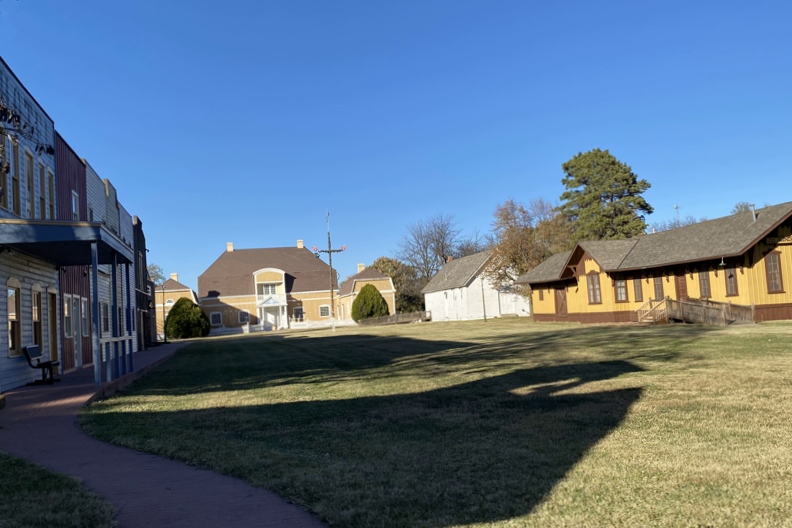
Heritage Square is a reproduction of an early Swedish settlement, complete with a schoolhouse, train station, church, blacksmith shop, and other buildings typically found in settlements from this time.
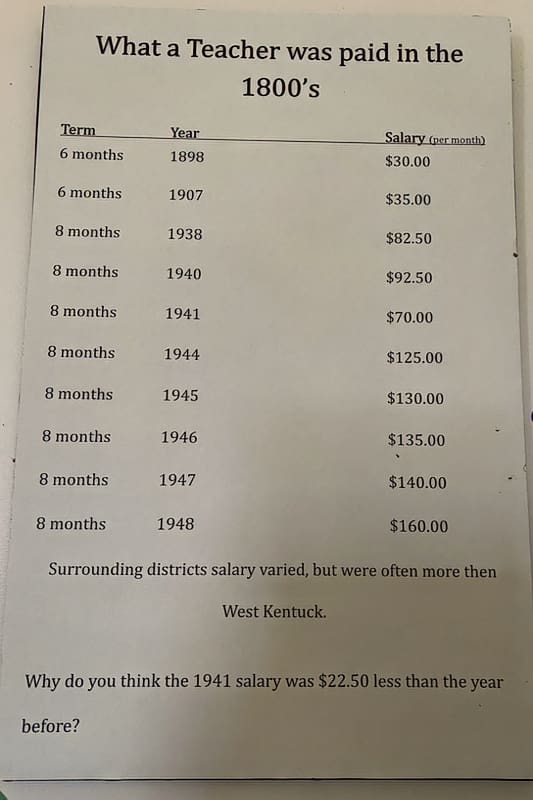
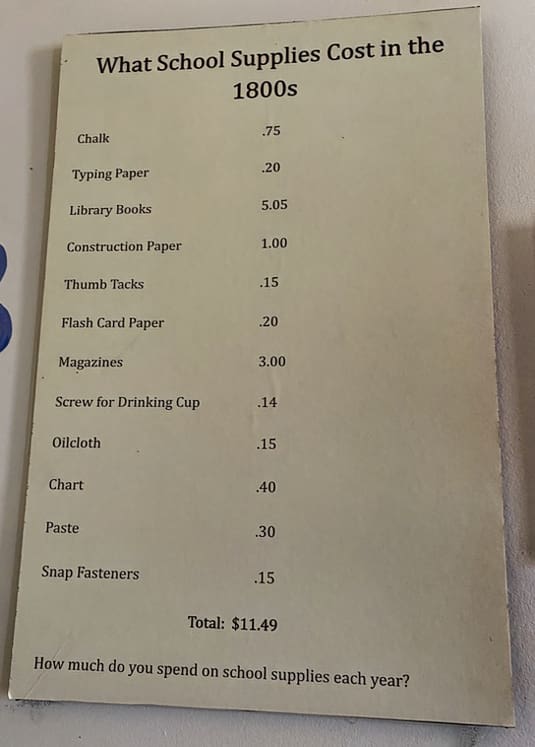
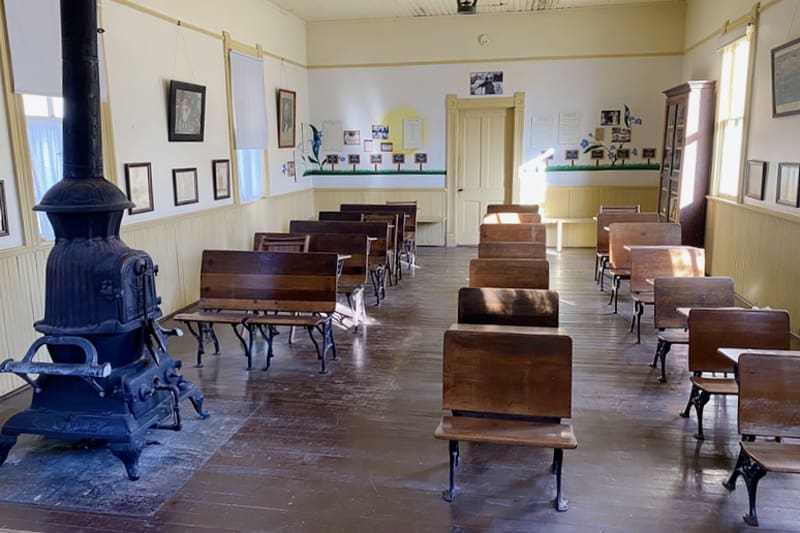
School room and informational charts showing costs and salaries for schools in the 1800s.
Swedish Pavilion

This Pavilion was built expressly for the St. Louis World’s Fair in 1904 as an exposition building. The U.S. Minister to Sweden and Norway at that time, W. W. Thomas purchased the building and gifted it to Bethany College in remembrance and honor of its founder and friend.
The Pavilion was used as a classroom until it was moved in 1969 to become part of the McPherson County Old Mill Museum and Heritage Square.
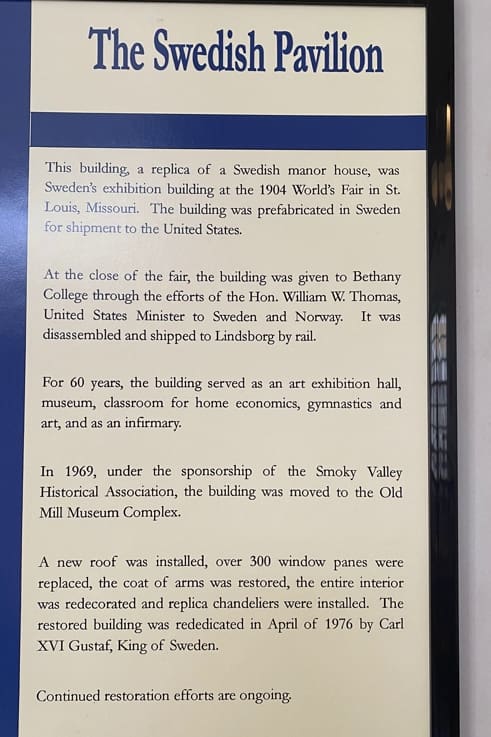

Blacksmith Coffee Roastery

Since we are traveling in our RV and trying to stay socially distant, we generally prepare most of our meals and enjoy our meals in the RV. We did stop in at this coffee shop because of its history. This coffee shop is operating out of what was a blacksmith shop.
The original forge and anvil stand is present there today. We had some delicious sandwiches here, but I made the most terrific drink discovery at the same time. I saw a London Fog Tea on the menu board and, clueless, decided to try one.
Oh my gosh! This is the best drink ever. It’s made with sweetened Earl Grey tea, frothed milk, and vanilla syrup and is soul-satisfying and delicious. How did I miss this at the millions of coffee shops I have been to in my life? Try one if you haven’t. You won’t regret it.

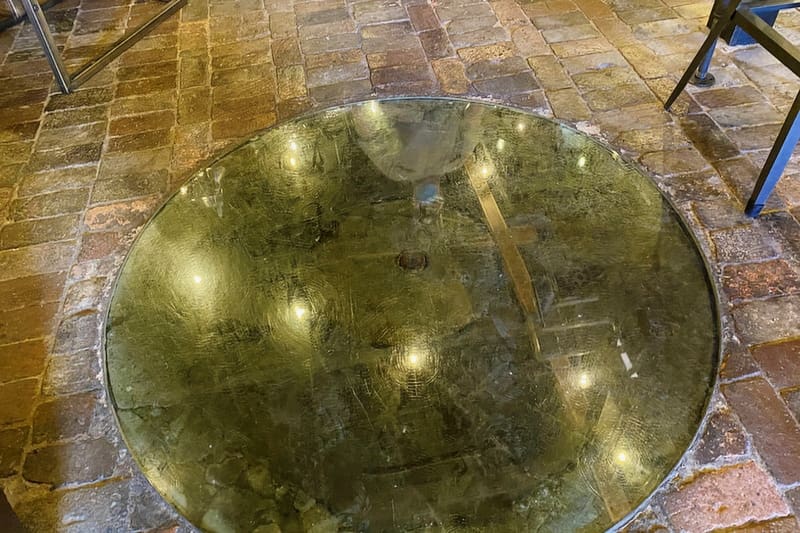

In conversations about the town, we learned that Lindsborg hosts several festivals. Visitors come to their tiny town from all over the world to participate and join in the fun. I plan to check into these and try to make it back to this area to join the parties.
There is just an incredible amount of happy living going on in Lindsborg. We easily could have stayed here a few more days enjoying this charming and relaxing town.
Hoglund Dugout
12th Avenue and Swenson
Lindsborg, KS 67456
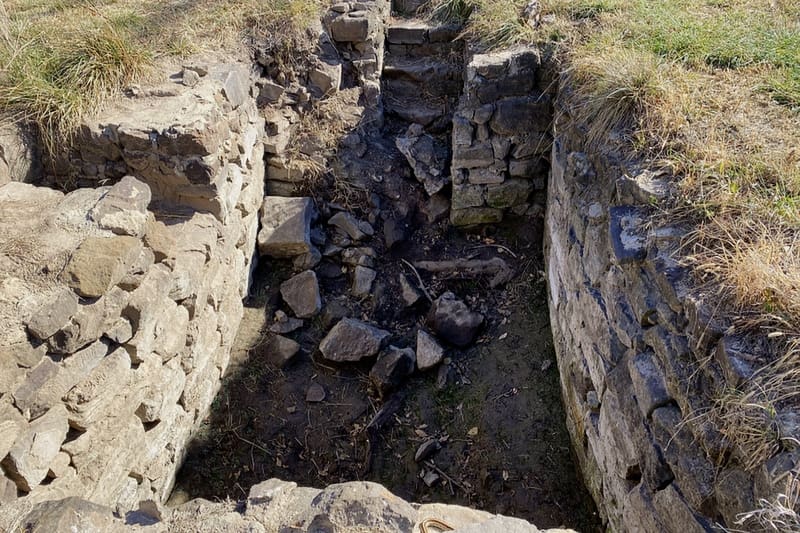
Our last stop here, just outside of town, was the Hoglund Dugout. This home was dug out of the ground in 1868 by Gustaf and Maria Höglund. This dugout hole with stone walls served as home for Gustaf and his family for years!
The family lived in this tiny 6 ft. x 12 ft rectangular pit while building an actual stone house. They drove their wagon over the opening to serve as a roof. This example of an early Swedish home is a historical site today. It was straightforward to find, and a small parking lot is nearby.
A short walk along an obvious path will lead you straight there. We had the most delightful experience discovering a rather large (aren’t they all?) grass snake as it fell into the pit from the edge of the dugout and disappeared in the leaves. It certainly got my attention!
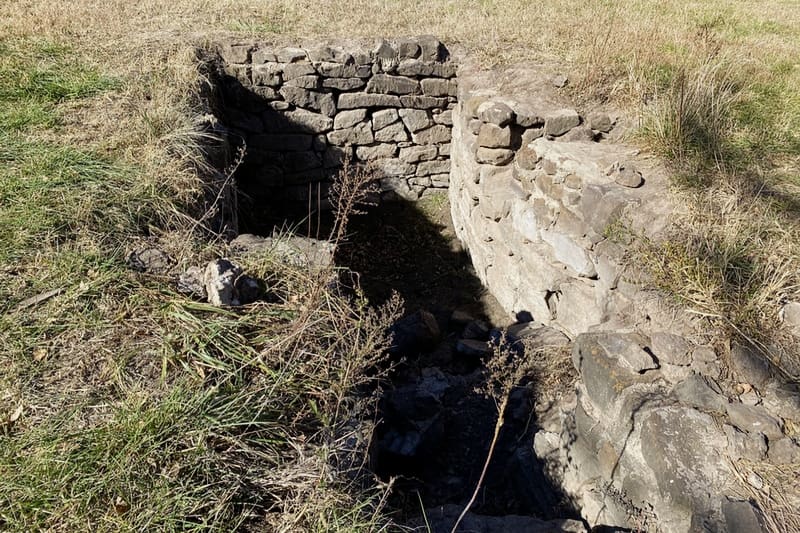
It’s time to move our home to a new location and new surprises and experiences. Lindsborg, with its great history, charming looks, and engaging residents, is on our list of favorite cities we’ve visited. Look for next week’s post as we move further west in Kansas.
- More fascinating small town delights in Kansas
- We had the best ghost hunting experiences in Kansas
- Chalk Pyramids in Kansas?
- Are we still in Kansas?
- Kansas Secrets
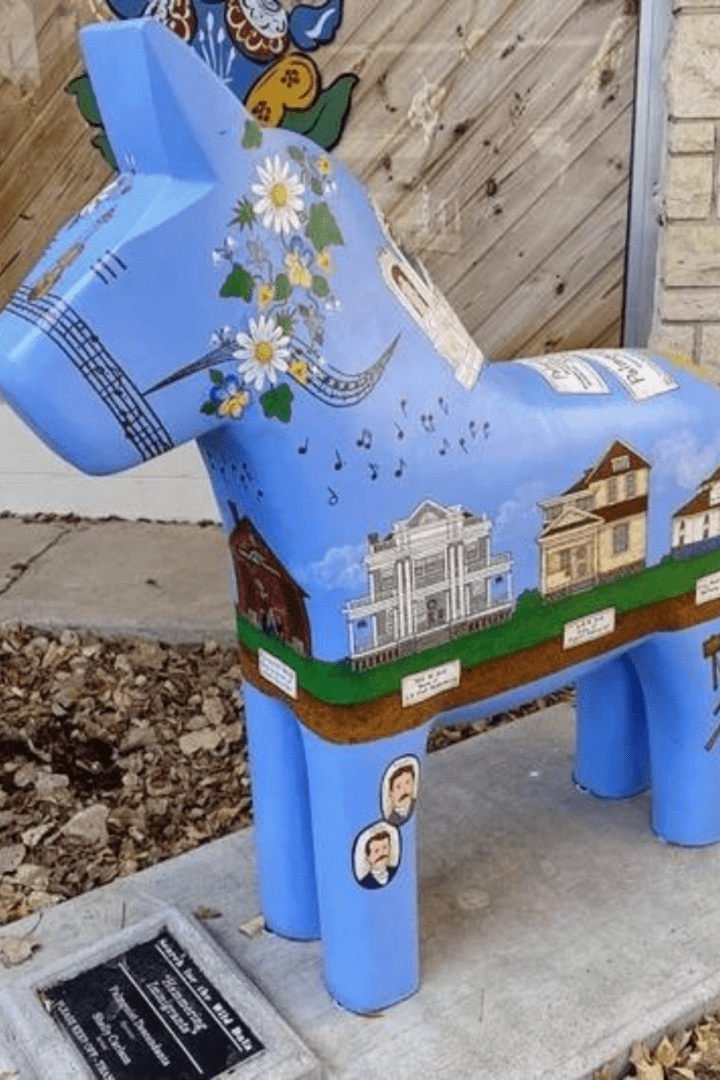
Thank you for visiting Lindsborg and the Hemslojd! We enjoyed reading your post. We try hard to provide an enjoyable and informative experience for visitors and I hope we hope we provided one for you. Please come again! Thanks again!
Thanks for reading. We had a great time in your lovely town and do plan to return for another visit.